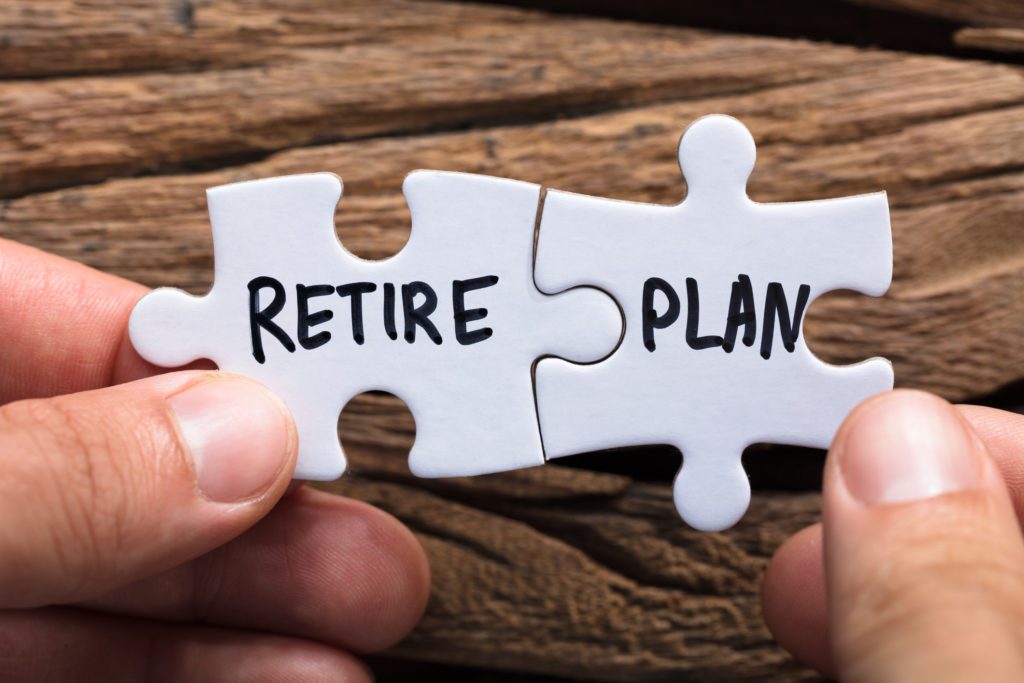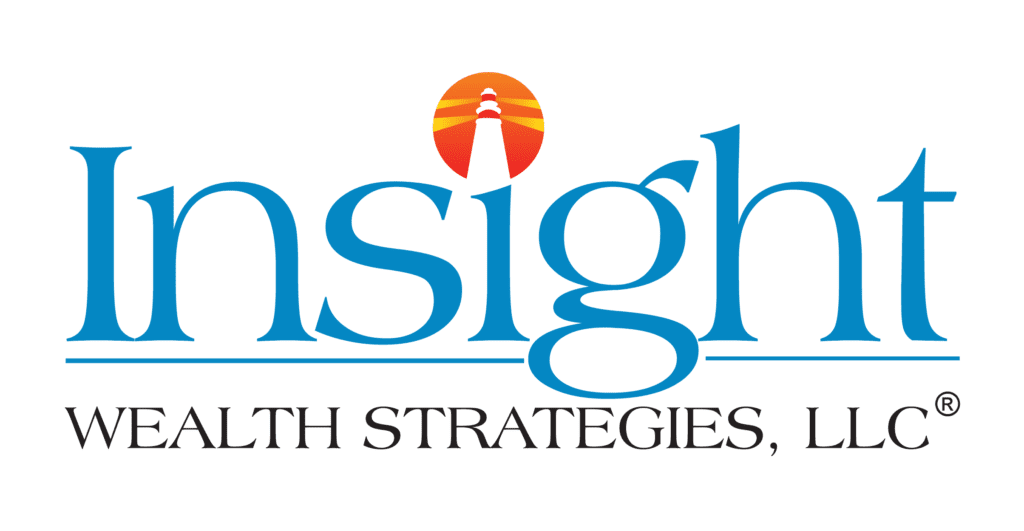What Should You Consider When Choosing Your Chevron Retirement Date?
Several factors will likely come into play when you decide to retire from Chevron. Below, we will take a look at some things to keep in mind as you consider the timing of your separation from service.

ESIP: Employee Savings Investment Plan
Employees can contribute up to $19,500 (in 2021) to their 401(k) plans and an additional $6,500 (in 2021) if the employee is age 50 and older. Contributions can be made on annual income up to $290,000 (in 2021). Chevron will match contributions of at least 2 percent of basic pay with up to 8 percent. Employees are also able to contribute after-tax to their 401(k) plans, and the total amount that can be contributed from all sources in 2021 is $58,000 and $64,500 for individuals age 50 and older with the catch-up provision. If you are retiring later in the year, you may already be in a good position to max out your contributions. But if you plan on retiring in the early or middle part of the year, it may be a good idea to up your contribution percentages at the start of the year to help maximize your contributions and Chevron’s matching contributions.
CIP: Chevron Incentive Plan
Chevron pays employees’ bonuses in March of each year. Since the bonuses are paid out in March for the previous year, employees generally don’t need to wait until March of the current year to separate from service to receive their performance bonus from the prior year. Employees with 75 points or more will be eligible for consideration for a prorated current-year bonus if they terminate their employment after the end of the first quarter of the year (an effective termination date of April 2 or later). Employees must be on payroll at least one day in April for their CIP award to be considered in their highest average earnings calculation for the CRP and RRP.

Need assistance navigating your retirement from chevron?

CRP: Chevron Retirement Plan
IRS segment rates will play an important role in determining the value of your Chevron Retirement Plan (CRP) benefit, the qualified pension you will receive at retirement. You can choose either the lump sum option (which can be rolled over into an IRA) or the lifetime annuity for your pension. The IRS releases updated segment rates around the 15th of each month, and Chevron uses an average of the three most recent IRS segment rates in determining the rates used to calculate the value of your benefit. These rates change every month, so keeping an eye on the current rate environment and direction rates are trending can help you get the most out of your pension benefit. Generally speaking, the value of your CRP taken as a lump sum will have an inverse relationship with segment rate changes. If the rates decrease, the value of the lump sum will increase, and if rates increase, the value of the lump sum will decrease.
RRP: Retirement Restoration Plan
The Chevron Retirement Restoration Plan (RRP) is paid to eligible employees and by default is distributed in the first quarter that is at least one year from the employee’s separation of service. These payments are subject to federal, state, Social Security and Medicare taxes, so proper planning and timing can be vital from a tax planning perspective. If you are expecting significant taxable income in the next year, it may make sense to defer this payment or to take it as an annuity. Changes to the distribution are due at least 12 months prior to when the distribution is scheduled to begin, so you will have to decide if you want to change the distribution during your last quarter of work. If you opt for a change in distribution, it will be deferred at least five years beyond the previously elected distribution.

There are several other factors that will also play a role when deciding on the timing of your separation from service from Chevron. These factors will include:
- Turning on Social Security benefits. In most cases, the earliest age to begin collecting benefits is age 62, but your monthly benefit will be reduced. You will be eligible for your full retirement amount at your full retirement age, and you can receive an increased monthly benefit if you wait even longer to turn on your benefit. The benefit increase stops once you hit 70 years old. The annual increase for delaying your benefit is around 8 percent.
- It is important to understand how your age will play a factor in determining your retirement health coverage with Chevron. If you retire prior to age 65, this will likely include the need for both pre-65 and post-65 health coverage. Individuals are eligible for Medicare benefits at age 65.
- It is important to understand the tax ramifications of your Chevron benefits, especially if you are slated to receive RRP and Long-term Incentive Plan (LTIP) benefits. Proper timing regarding these benefits can help you minimize your tax liability for years to come.
There will be several factors that will go into the timing of your retirement from Chevron, and whether you are in the California, Bay Area or the Houston, Texas area, Insight Wealth Strategies can help you properly plan your separation from service to help ensure you get the most out of your benefits.
Insight Wealth Strategies, LLC is not affiliated with Chevron.

